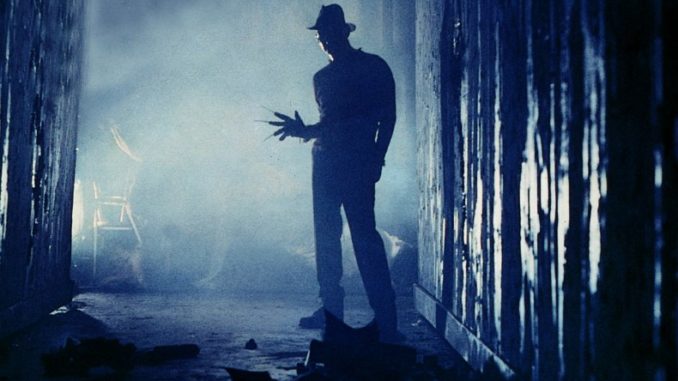
“The COVID-19 pandemic has likely accelerated a long-expected rationalization of retail capacity in the US. Our modeling suggests that 15-17% of US malls may no longer be viable as shopping centers and need to be redeveloped into other uses. While that is a big number, it is lower than the share of loans that are currently in default in the sector (about one third are delinquent, based on CMBS data). With e-commerce having taken a large chunk of market share, and social distancing reducing foot traffic, 2020 has seen a record number of store closures. Street-front retail will also suffer high vacancies and corresponding rent cuts, but should be a better-performing asset because it does not have the same tipping-point risk that malls bear once a certain volume of stores are vacant.”
“For failing malls, many of the most likely redevelopment options – conversion to residential or warehouses – could result in valuations falling 60-90% compared to preCOVID appraisals. While the land that has housed malls may offer better recovery values if used for mixed-use developments, historically that has only happened for about 15% of former malls (and those at a time when a very small number of malls required redevelopment at any moment).”
“In Europe, the situation is less dire due to a relatively small per-capita retail footprint. So, while we expect some re-rating of rents, a large jump in malls that require redevelopment seems unlikely.”
“The bright spot is warehouses, where Amazon might need to triple its end-2019 footprint just to efficiently operate its current business. And of course, Amazon is only one of a multitude of e-commerce players. However, such growth is unlikely to provide a backstop for malls, due to issues around zoning and building suitability, a limited need for new warehouses compared to the amount of mall space that may need to be retired, and the lower average rents for warehouses compared to performing retail.”
“Stadiums have suffered revenue pressure due to the lack of sports, but should return (mostly) to normal after COVID. Some long-term changes may be necessary, but they should not change the general operating performance trends for the sector.”
It will be interesting to see if there is a transition from the traditional mall environment (i.e. retail focus) towards an entertainment complex (i.e. Gyms, Chuck-E-Cheese’s, Dave and Busters). Or, if the global pandemic has changed the publics perspective of large crowd environments for the long term (except for maybe live concerts).
Stay tuned…
Works Cited:
Barclays
